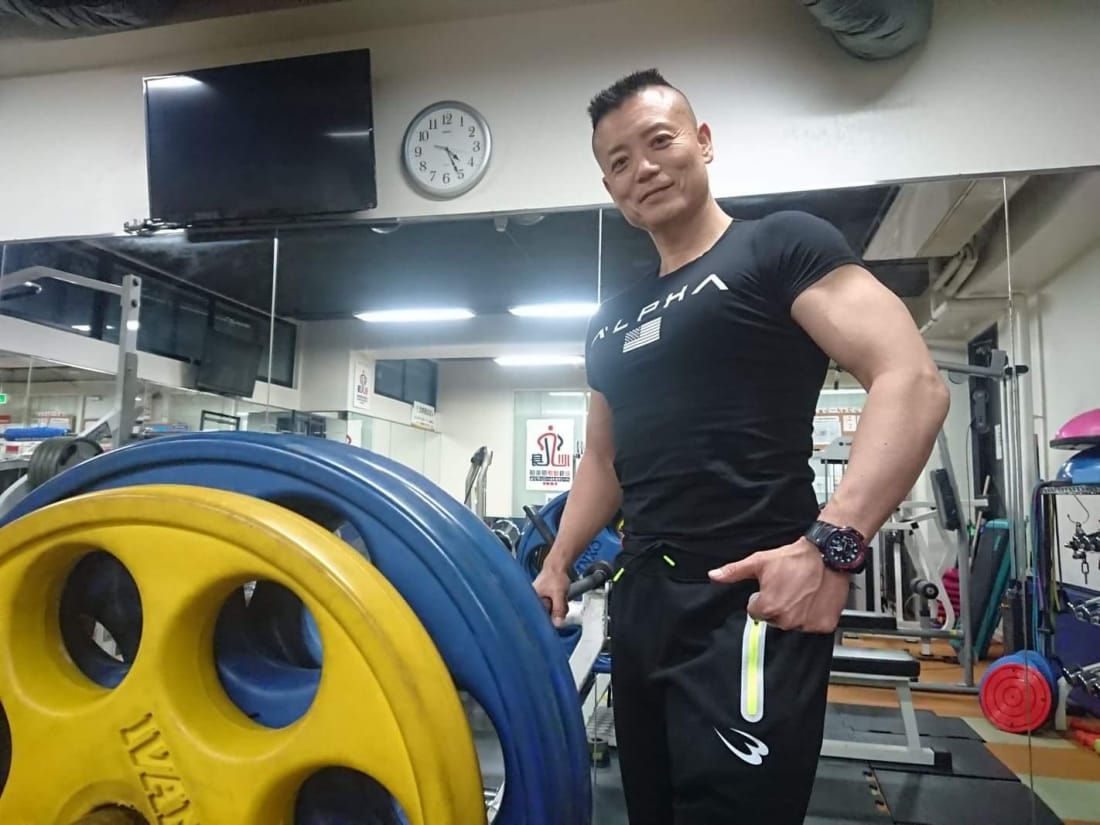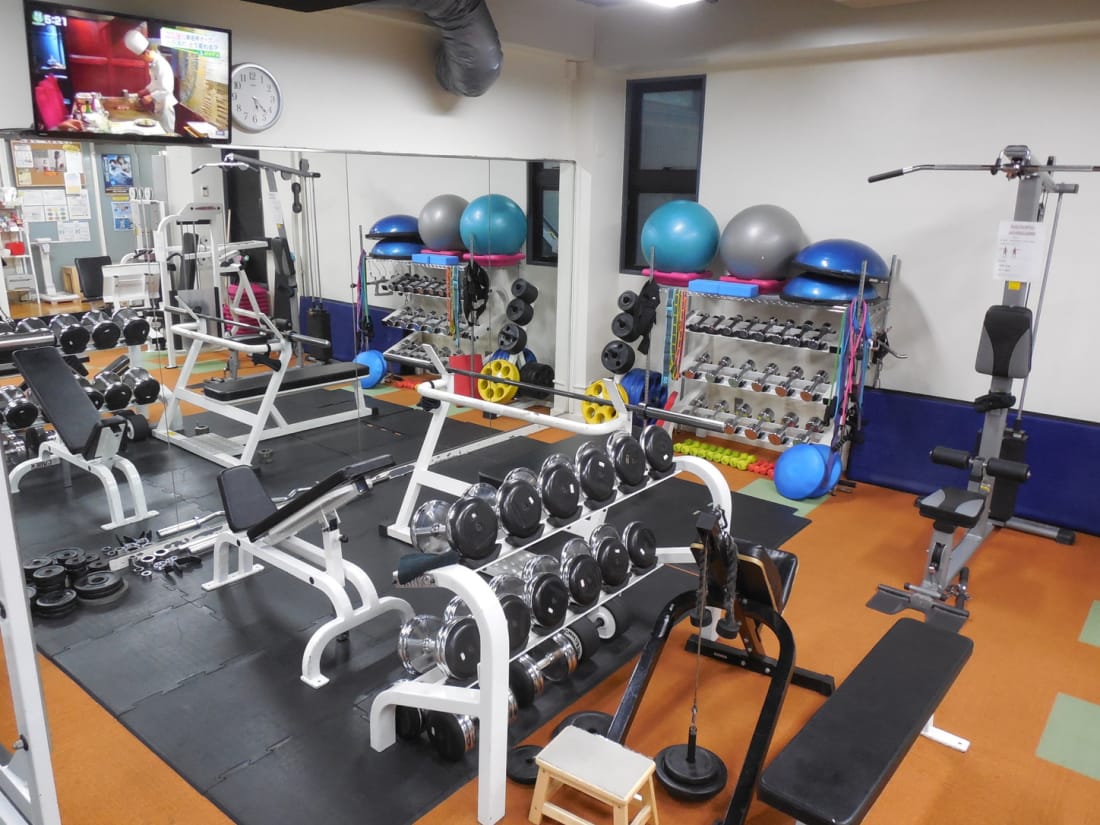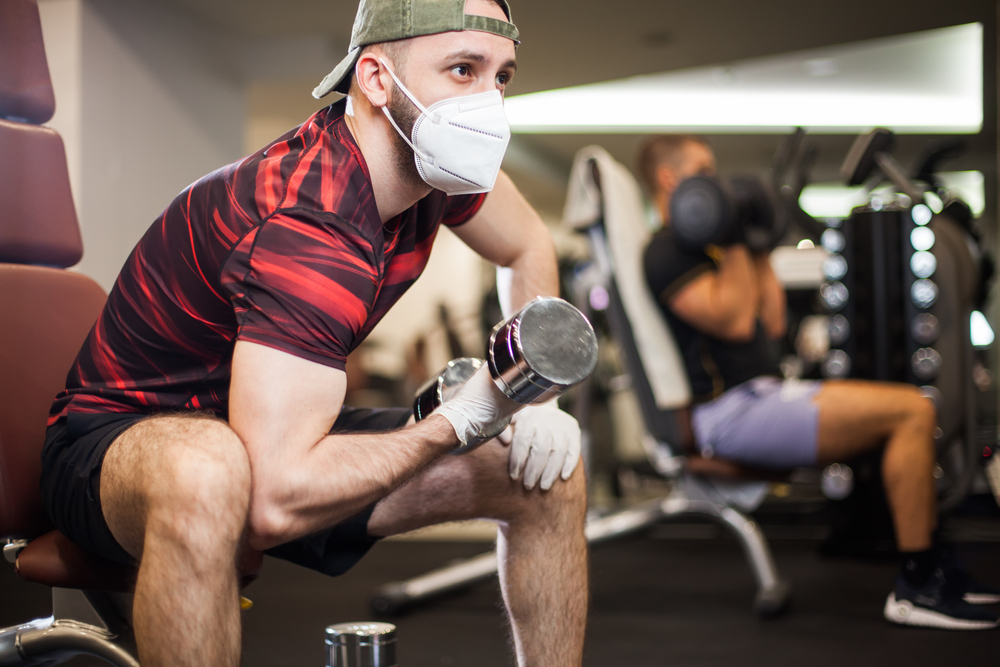During Japan’s state of emergency enacted to prevent the spread of the new coronavirus infections, gyms and fitness centers were some of the first establishments to shutter doors as it is difficult to provide a suitable environment that meet the requirements of the three Cs – closed spaces with poor ventilation, crowded places and close-contact settings.
The economic burden created by the voluntary shutdown had drastic effects on the fitness industry in Japan and across the world. None other than Gold’s Gym declared bankruptcy, shocking fitness enthusiasts everywhere – especially in Japan where Gold’s is a name synonymous with gym culture.
With the state of emergency now lifted in Japan, people have cautiously begun to restart their fitness lives. But how is Japan’s workout industry holding up when a goliath like Gold’s buckled?
It’s a Difference of Perspective
According to Masato Edamitsu, owner of ShinShinKenkou Club, a chain of personal training boutique gyms with several locations around Japan’s big cities, how gyms view fitness could be the reason whether they sink or swim after the shutdown. Big box mega gyms like Gold’s thrive on pushing their brand of big weights, and bigger muscles. They’re a place to go for aesthetic reasons, and where more experienced lifters go to train.
Edamitsu’s ShinShinKenkou Club provides a different environment. Some of their clients are 60, 70, 80, and 90 year olds. They come from different backgrounds with one thing in common, a desire to improve their quality of life. They lift for health and to feel their best.

Masato Edamitsu
How They Succeeded
Training can drastically improve quality life and immunity to diseases. With a focus on this, ShinShinKenkou Club’s clients kept interested in staying fit through the shutdown process to decrease the risk of catching the infection and maintain their quality of life. When the warnings started, Edamitsu made sure his gyms took precautions. Checking temperatures, wearing gloves and masks and canceling appointments immediately when something felt off for the trainer or client was made the norm. Because personal training boutiques are by appointment and specialize in one-on-one sessions, the changes were simple to enforce.
When the full emergency was declared, the gyms shut down, but trainers kept in contact with their trainees. They would give tips on staying healthy from home, answer questions and check in with clients over the phone throughout the whole closure. So, when the emergency lifted, they were ready and excited to jump back in, knowing that precautions would be up to the standards set in place before the lockdown.
During the pandemic, physical and mental health became a bigger priority than aesthetics. Some clients who had stopped training before the virus started to sign up at ShinShinKenkou Club after deciding they wanted to be as healthy as possible to face these uncertain times. People who were focusing on body building and appearance at other gyms that were unable to take as many precautions were less likely to return.

ShinShinKenkou Club
Concern for the Standard Gym
Keiichi Sugimoto, manager of Koganei Training Center, a small garage-style gym under the Chuo Line tracks in western Tokyo that caters to more hard-core and professional bodybuilders, echoes this idea. The more standard gyms, where costumers are free to come and train as they please, are struggling with the shutdowns. Because it was a request and not a mandate, some smaller gyms stayed open for the duration of Tokyo’s pseudo-lockdown and saw spikes in gym-goers not content with home workouts, states Sugimoto. The most intense would travel long distances daily to get their gains in.
While gyms that stayed open saw more and more clients, bigger ones that were pressured to close lost members. The bigger the gym and the more clients on their roster, the harder it is to keep things clean and safe for everyone. Especially in these early stages of reopening, people who had left are worried about safely returning.
With concerns over health and safety, and a desire to train that is not based in improving well-being, many are staying home for now. This coupled with the most dedicated clients going wherever they could find to keep their routine, and sometimes staying, poses a threat to the bigger gyms where the return to normalcy is slower.
When the world eventually calms down, the pandemic could be made into a chance for people and gyms to start thinking more proactively about fitness and its role in disease prevention and healthy living.








